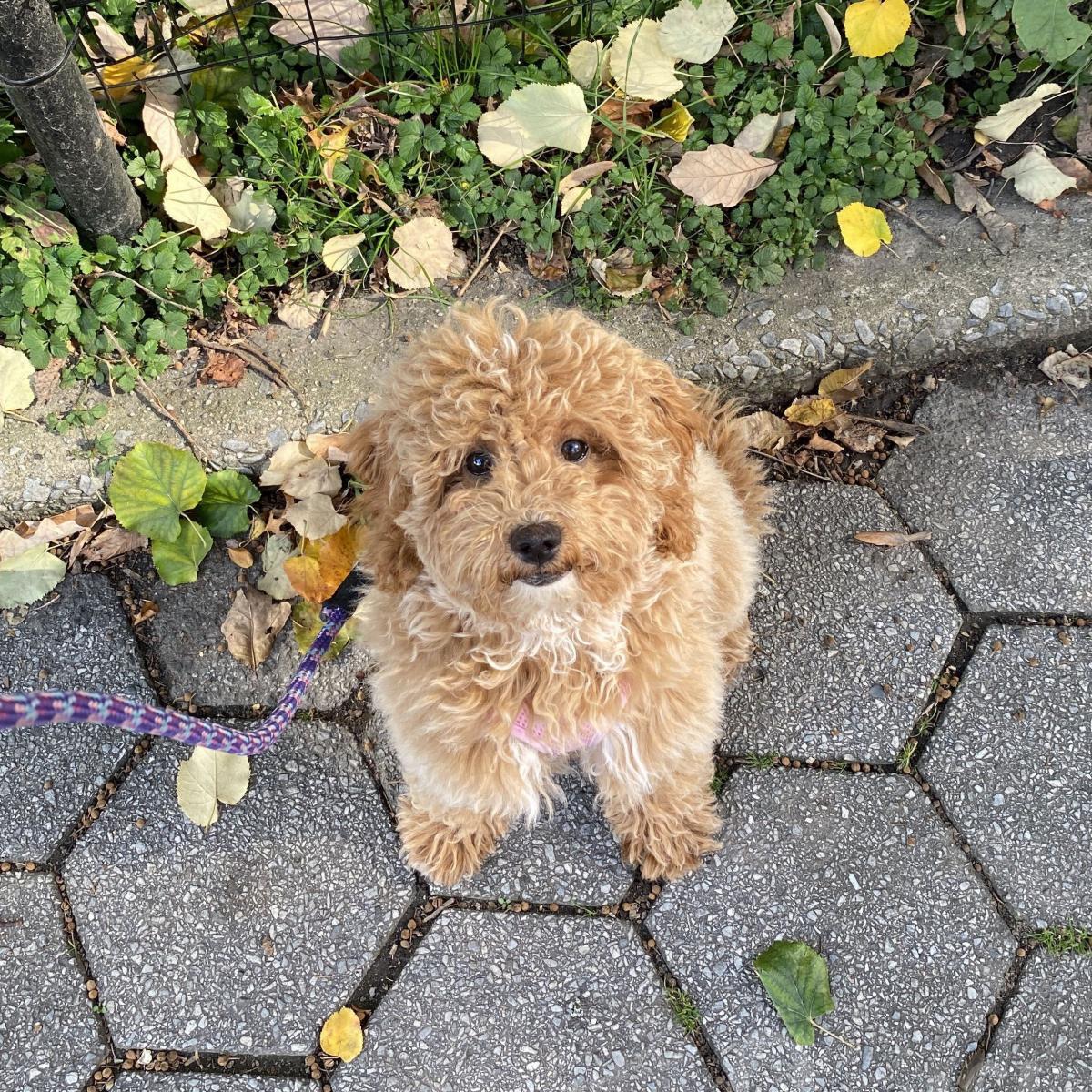
The world can unfortunately be a scary place for our furry companions. While we can do our best to minimize stressful situations for our pets, they can still be fearful of certain unexpected things (loud noises like fireworks, new people coming into the home, loud trucks, etc). Managing those triggers is important to help keep dogs’ stress levels generally pretty low, but it’s still good to know the signals dogs give us when they’re afraid so we can help move them from that fearful state back to their usual happy, calm selves. Unfortunately, fear is one of the biggest precursors to aggression, so being able to recognize fear before it escalates into an aggressive incident is key!
To better recognize the signs that a dog is becoming over threshold (the point where the dog’s emotional/behavioral state becomes out of control or overwhelming for them) and potentially aggressive, it’s important to know what body language cues to look for. Here are several physical signals a dog can give that show that he/she is feeling fearful:
- Head held lower than shoulders
- “Whale eyes” (where the whites of their eyes are more visible than usual) or dilated pupils
- Furrowed or wrinkled brow
- Ears flat against the head or out to the side
- Hair along the back (hackles) raised
- Tail lowered or tuckered between the legs with little to no motion
- Posturing to appear as small as possible and take up very little space
- Weight shifted backward, possibly with one paw raised
- Freezing: tense body, deciding whether to fight or flee
There are also a few more subtle signs of fear to keep an eye out for including hypervigilance (constantly rapidly scanning the environment), lip-licking, yawning when not sleepy, panting without physical exertion, shaking off, displacement behaviors (grooming themselves, sniffing ground, etc), drooling, trembling when not cold, not eating or taking treats more roughly than usual, and slower or no response to cues.
Fear in dogs can unfortunately very quickly turn to aggression if whatever is triggering the fear isn’t removed or handled before it escalates. Some body language cues that a dog has gone from fearful or stressed to “over threshold” are:
- Barking, growling, biting, staring, exposing teeth, aggressive “pucker” (moving lips over teeth and puffing lips)
- Head held higher than shoulders
- Lips pulled back, teeth exposed, top of muzzle wrinkles
- Direct, hard stare
- Ears up and pushed forward
- Hair raised along back (hackles)
- Tail high and over back, still and stiff or rigid movement almost vibrating
- Makes themselves look larger, standing erect (sometimes on toes), weight centered or shifted forward
When a dog shows these signals, it is likely that the dog will not respond to cues and may not be able to focus on anything but the triggering stressor. Be extra cautious and careful when a dog is in this state. With this knowledge of the body language dogs show when fearful to overly stressed and afraid, we hope that you’re able to better recognize when a dog is fearful and can help bring them back to a calmer, more neutral state!

